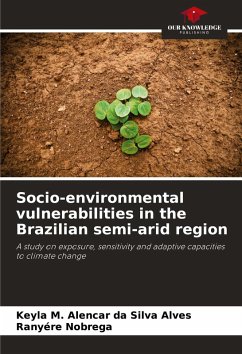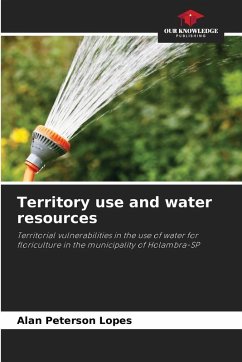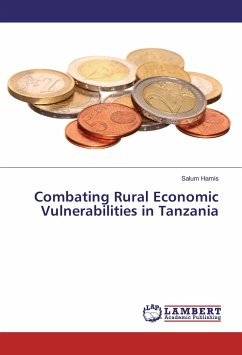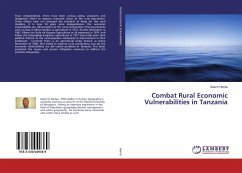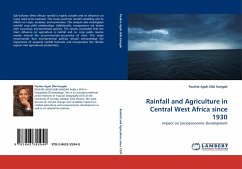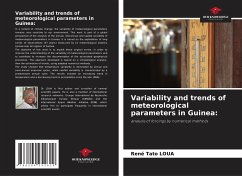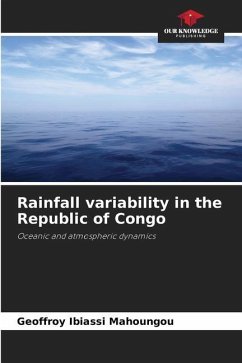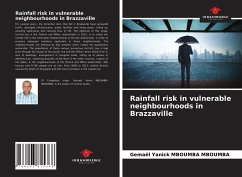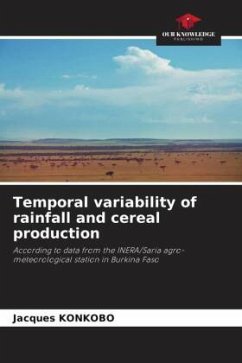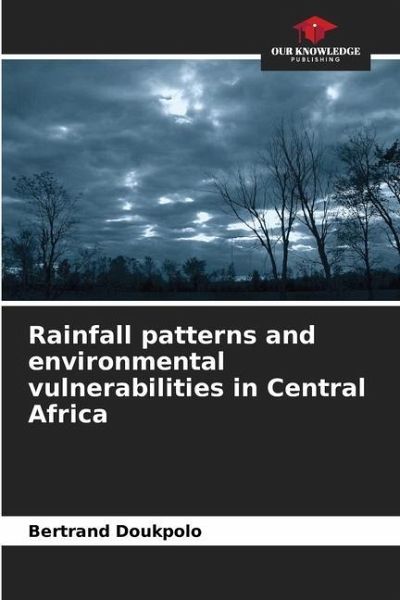
Rainfall patterns and environmental vulnerabilities in Central Africa
Versandkostenfrei!
Versandfertig in 6-10 Tagen
27,99 €
inkl. MwSt.

PAYBACK Punkte
14 °P sammeln!
The north-western part of the Central African Republic, located between 3°45' and 8°35' N, experienced high rainfall variability from the 1960s to the 1990s. To study these fluctuations and identify trends, a time series at various time steps between 1951 and 2000 was subjected to statistical tests to detect stationarity breaks. The spatio-temporal variability of the parameter studied was characterized and significantly negative rainfall trends were highlighted. The results of the analysis reveal alternating wet and dry episodes with very marked rainfall deficits. Progressive decrease in rai...
The north-western part of the Central African Republic, located between 3°45' and 8°35' N, experienced high rainfall variability from the 1960s to the 1990s. To study these fluctuations and identify trends, a time series at various time steps between 1951 and 2000 was subjected to statistical tests to detect stationarity breaks. The spatio-temporal variability of the parameter studied was characterized and significantly negative rainfall trends were highlighted. The results of the analysis reveal alternating wet and dry episodes with very marked rainfall deficits. Progressive decrease in rainfall, accentuation of rainfall irregularity and shortening of the wet season were confirmed. Extreme weather events (floods and droughts) are becoming increasingly recurrent, with devastating consequences for natural and human ecosystems. These rainfall fluctuations have contributed to weakening the already anthropized natural environment. The vulnerabilities analyzed represent major challenges for efficient environmental management.



